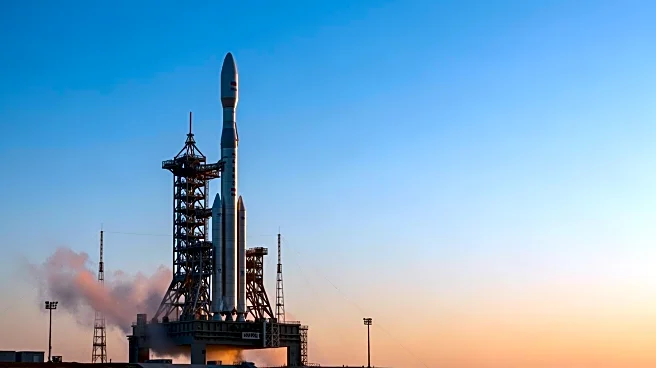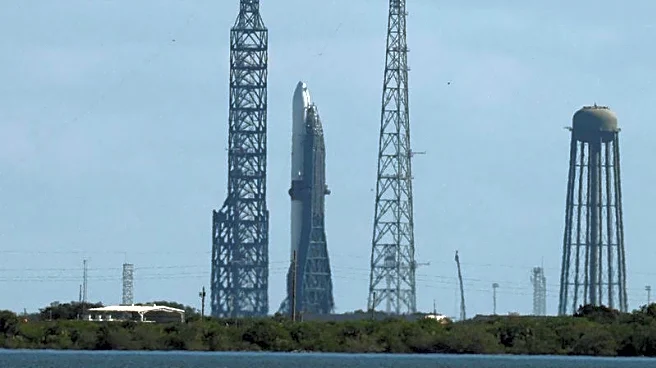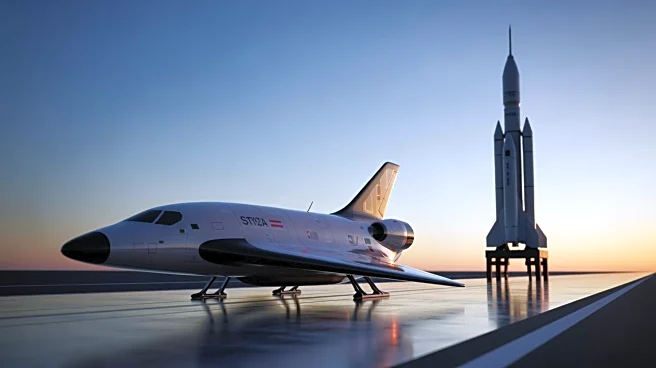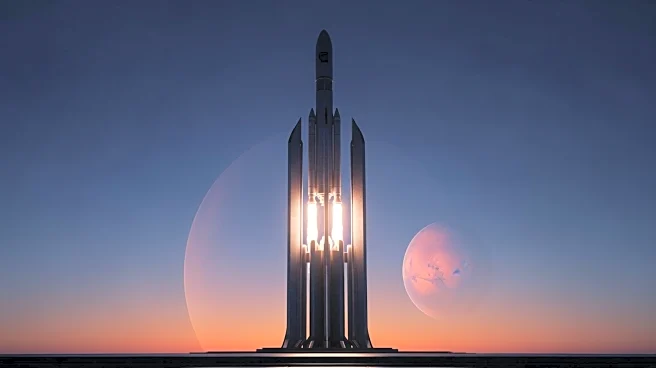What's Happening?
United Launch Alliance (ULA) successfully launched the Atlas 5 rocket carrying the ViaSat-3 communications satellite after replacing a faulty valve. The launch took place from Cape Canaveral Space Force
Station, deploying the satellite into geosynchronous transfer orbit. The mission was initially delayed due to a liquid oxygen tank vent valve issue, which was resolved by replacing the valve and rescheduling the launch.
Why It's Important?
The successful deployment of the ViaSat-3 satellite is crucial for expanding broadband capabilities over the Americas, providing more than 1 terabit per second of capacity. This launch supports Viasat's efforts to enhance network performance and user density, benefiting both commercial and government sectors. The mission underscores the importance of reliable satellite communications in today's digital economy.
What's Next?
Following on-orbit testing, the ViaSat-3 F2 satellite is expected to enter service in early 2026, enhancing Viasat's service offerings. The satellite's dynamic beam-forming capabilities will allow efficient bandwidth deployment, supporting increased demand and user density. ULA plans to retire the Atlas V rocket after completing its remaining missions, transitioning to newer launch systems.












